On our block near Blackbutt, I encountered this amazing wood filled with tunnels, holes and beautiful patterns. I have called it ‘Fae Wood’ because of its fairy-like appearance, but the real story of how these patterns are created is better than a fairy tale.
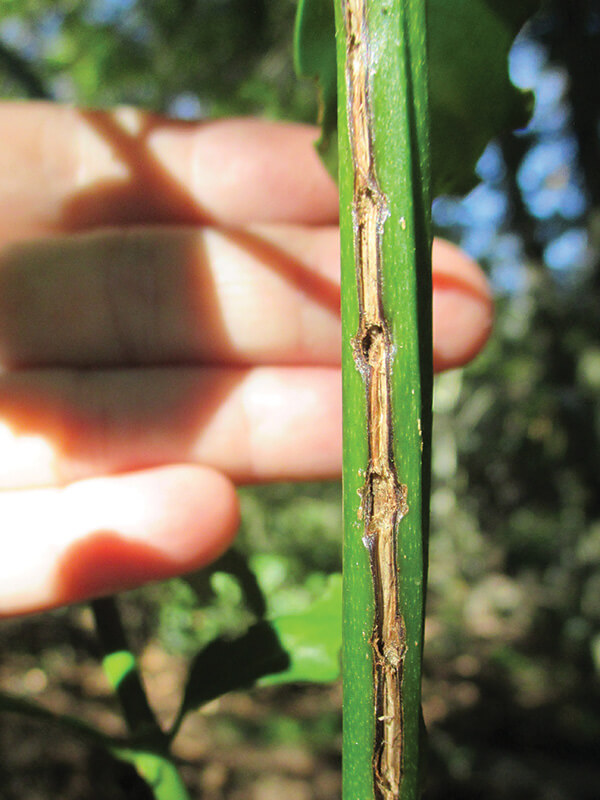
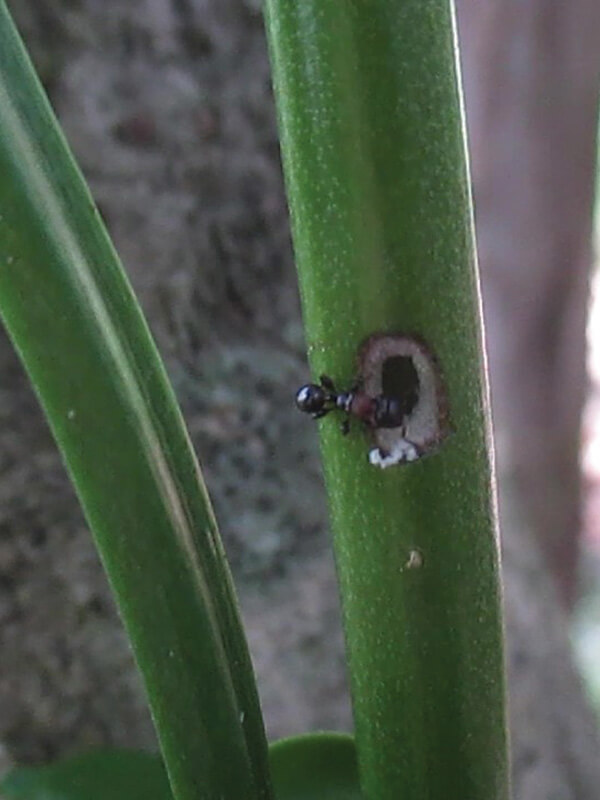
Fae Wood is derived from dead branches of Shiny-leaved Canthium (Psydrax odorata forma odorata) that have been excavated by a colony of Muscleman Tree Ants (Podomyrma sp.). It is an incredible story that I love telling.
Shiny-leaved Canthium is a reasonably common shrub of dry rainforests across SEQ. It is often called Sweet Susie because of the blooms of small white flowers that have a sweet citrus scent. The leaves are dark, vibrant and shiny. As the tree grows, the new ends of its branches swell with a nutritious pith. Inside these branches an incredible city of ant life plays out.
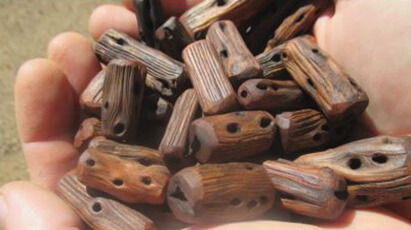
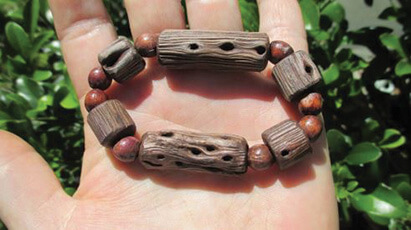
Muscleman Tree Ants spend nearly their entire lives within the swollen branches of Shiny-leaved Canthium. A colony of Muscleman Tree Ants starts when a young queen leaves a colony to find a new home. She mates while on her nuptial flight and flies off with a mealy bug in her jaws to find a new swollen branch of Shiny-leaved Canthium. Why a mealy bug? Muscleman Tree Ants act as farmers and carry the mealy bug to the best feeding sites within canthium stems. The mealy bugs feed by sucking sweet juice out of canthium stems. With their antennae, the ants gently stroke the bugs to encourage the bugs to excrete a sweet, nectar-like substance, which the ants eat.
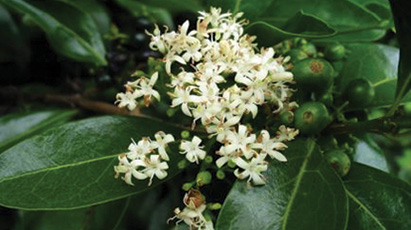
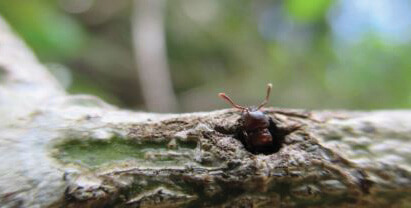
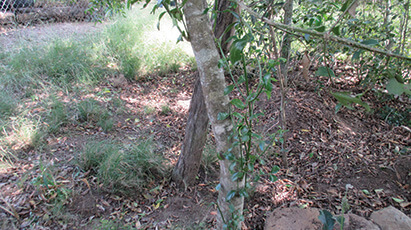
Within a branch of a Shiny-leaved Canthium tree, there is this whole world of ants and mealy bugs. If you split open a nest, all the ants scatter and it is impossible to get a good photograph, so I have drawn these pictures. Within one ant colony there are eggs, larvae (like little worms that get carried around by worker ants), pupae and adults. The colony grows with many workers and their broods. Some workers carry eggs to hatching chambers, groomed by licking them. Other jobs include nest construction, adding tunnels and chambers and taking care of the scale bugs and the queen. All nests are connected by scent trails. The ants use their antennae to smell, touch, taste and hear, and their swollen legs containing extra muscle to help them grip bark.
While the Shiny-leaved Canthium gives the ants and their mealy bugs a home, the ants provide the tree with pollination services and a defence force if there is an attacking insect or animal.
After many years of observing the amazing and highly elusive Muscleman Tree Ant, I recently had the absolute honour to witness the relocation of a whole ant colony. Remember that these ants live inside the branch and rarely come out, so when I saw heaps of ants out and about, I knew something major was happening. I saw a winged queen getting carried by the ants while other ants were digging a new hole into a fresh new branch that had sprouted from the base of a Shiny-leaved Canthium. At night they all went back home.
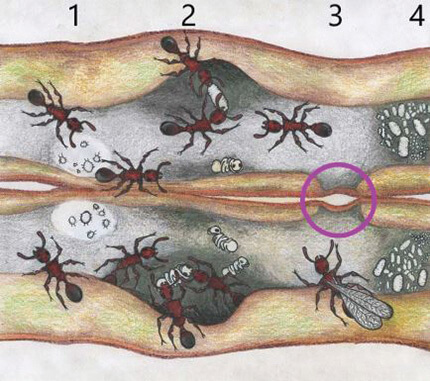
Section 1 – White circles with scale (mealy) bugs. When the scale bugs suck the juice from the stem, it crystallises to form a white powder.
Section 2 – Ants holding a white larva up top with the lower ants holding a white pupa.
Section 3 – Two sides of the hole that the ants go in and out of (circled) and a young winged queen.
Section 4 – Eggs and larvae.
Over 100 ants in all their various lifestages and their scale bugs can live together in a branch of Shiny-leaved Canthium the length of your finger. Amazing!
The next day they were all out again, and I noticed two more holes and a curious scar down the new growth branch. It looked like it had been scored by the ants and divots cut out along it. It looked like a new potential ‘housing estate’. Over the next couple of weeks, I kept observing them digging. It seemed that while one ant dug, she had a sentry to keep watch.
I did not realize at first, but I was observing the moving of a whole colony of Muscleman Tree Ants. Eventually, the ants carried everything over to the new holes – the eggs, larvae, pupae and the scale (mealy) bugs. And soon enough, the old branch they had lived in died.
I have loved watching the Muscleman Tree Ants and telling everyone about them. If anyone else has been watching these utterly unique ants, I would love to hear from you.
Article and photos by Lori Mouse
Land for Wildlife supporter
Blackbutt, South Burnett
[email protected]
